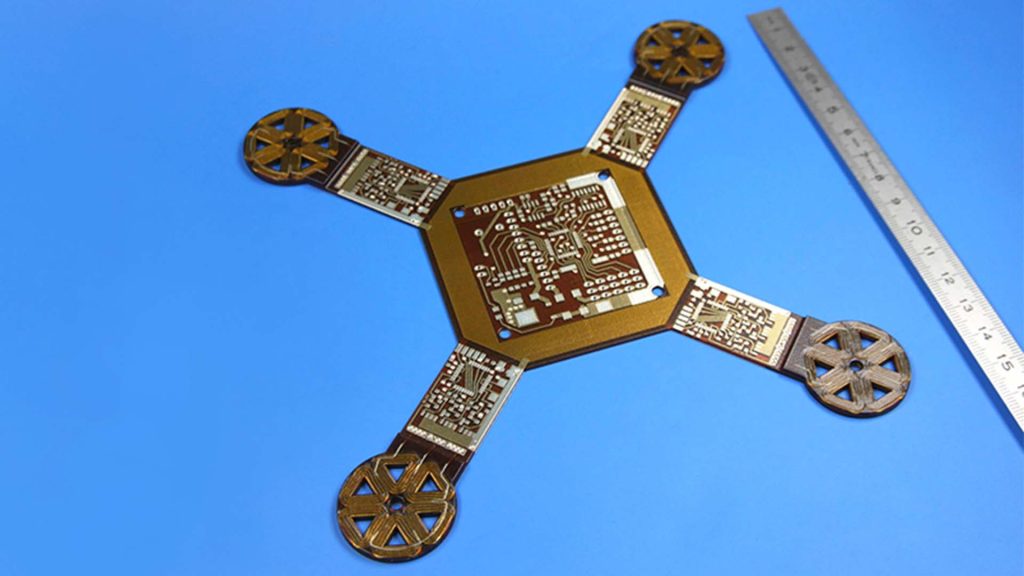Jetted Additively Manufactured Electronics Sources (JAMES) has announced the global launch of FrAMEwork, an online platform that aims to bring together the growing community of designers of Additively Manufactured Electronics (AME).
Born from the collaboration between Hensoldt and Nano Dimension, JAMES was founded to advance the development of AME through a collaborative space that delivers technical know-how, design enablement and challenges, within a global, diverse community at all levels of expertise.
“Our mission is to provide a space where anyone across the globe can share stories and ideas about AME, exchange technical know-how and designs and enjoy the benefits of real-time communication with AME enthusiasts and professionals,” said JAMES CEO Andreas Müller.
“AME enables new and visionary applications in electronics that cannot be realised with conventional electronics manufacturing, and we strive to enable members to explore new possibilities in 3D,” he went on.
JAMES said that in the 90-year history of PCB manufacturing, the production process has remained lengthy and is purely subtractive, meaning materials are wasted during the process.
AME is leveraging advanced manufacturing while being much more environmentally friendly and can now profit from the increasing availability of new materials, like functional fluids (Inks).
JAMES has collected experience in AME design and processing by using the DragonFly AME 3D printer by Nano Dimension.
This inkjet-based printer should simultaneously 3D print a dielectric ink (photopolymer), and a highly conductive silver nano ink to produce 3D printed AME structures, which should allow each individual voxel (3D-pixel) to be either conductive or non-conductive.
“However, this emerging technology can only be taken to a next technical readiness level if we are able to combine different processes, materials and design methods,” said JAMES CTO Andreas Salomon.
“This is exactly what JAMES is ideally suited for: empowering members of the JAMES community to gain experience with inkjet, micro-dispensing, ceramic printing, aerosol printing and all other processes currently on the market. Merging technologies is the future of AME with a huge potential to completely change the traditional way electronics are manufactured.”
JAMES said its team has gained a great deal of experience in recent years and has gone beyond the limits of 3D printed electronics, with its engineers designing and printing fully electrified 3D structures.
One of those projects was research into merging various electronics into a single 3D printed drone frame, which, according to JAMES, the team managed to do by combining a variety of components into the AME drone, including a flight controller, four motor controllers and four motors in one frame.
“This drone also demonstrates the possibilities of miniaturisation with AME,” said Müller.
“Since AME 3D printers can print in microns, the size of the electronics can be significantly reduced while maintaining or exceeding current effectiveness.”






